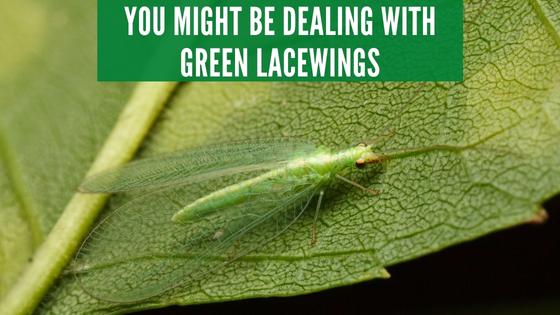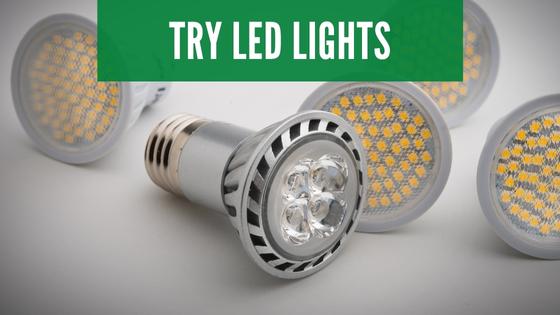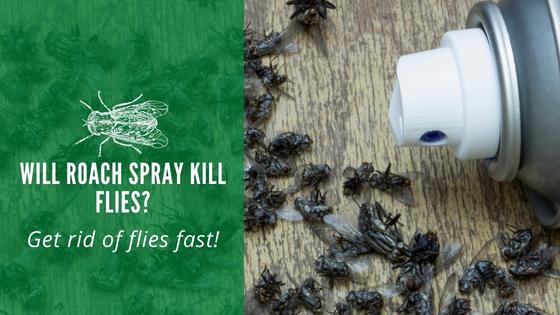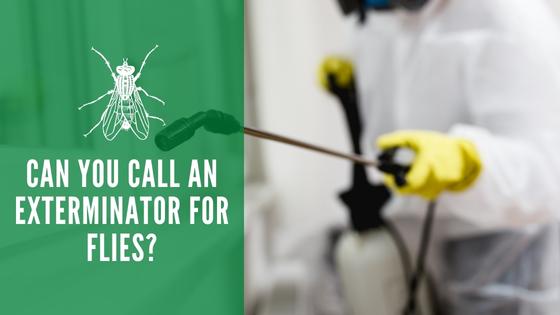What Are These Green Flying Bugs That Are Attracted to Light?

Seeing a swarm of flying green bugs hanging around the lights outside your home or commercial building might be all it takes to send you walking in the other direction. You may also wonder exactly what types of bugs seem to flock to your property after dark.
The type of green insect you are dealing with can vary according to where you live, the time of year, and the attractants you have around your property. It’s interesting to figure out which type of bug you are dealing with, but you might be dealing with more than one species.
Looking at the most common types of green flying bugs to be attracted to light gives you a starting point for finding some answers to your pest problem.
Common Green Bugs Attracted to Lights Around Your Home

Green lacewings are one of the most common flying insects that you’ll see swarming around bright lights. Technically, you can consider these bugs to be beneficial since they tend to eat aphids that might be living in your garden. Walking through a swarm might not be dangerous, but it is still annoying.
Biting midges are often mistaken for mosquitoes since they can leave you with an itchy welt where they feed on your skin. There are over 4,000 known species of midges, and they tend to reproduce in large numbers, which can lead to some big swarms.
Other Bugs That Are Attracted to Outdoor Light Fixtures
Most flying insects exhibit a phenomenon called phototaxis, which means that they are naturally drawn to light. This means that you’ll likely run into a few of these other non-green insects flying around as you’re trying to enter your home at night.
Moths are well-known for their attraction to light. While most moths prefer dark spaces, they’ll fly around lights for what seems like hours.
Gnats are another pest that tends to create big, annoying swarms. They’ll swarm around lights as they mate and prepare to lay eggs. Once they’ve reproduced, they die off only to be replaced by a new generation.
Termites tend to swarm during May and June, and some people swear that leaving lights off will help to avoid attracting them to a house. However, you might find it more helpful to turn the lights on.
These insects only fly during their mating season, and sighting them now could be the best chance you have to spot an infestation before they go back into hiding behind the walls of your home. They also drop their wings after mating, and seeing a bunch of them discarded near a light source is a serious warning sign to heed.
How to Prevent Bugs From Swarming Your Lights
When insects gather around a light source on your front or back porch, it might be nearly impossible to go inside without bringing a few of them in with you. Certain insects, such as termites, can cause extensive damage to your property.
Others, such as moths, may invade your pantry and closet where they’ll eat your food and clothing.
If you are a business owner, seeing a swarm of ugly insects flying outside could deter customers from visiting your company.
Put a Light Further Out In the Yard
One simple trick to eliminate flying insects by the front door is to put a decoy light further out on the property. The idea behind this is that the bugs will flock to that light. While this can be effective for cutting down on insects closer to your home, it could lead to a new swarm.
Switch to a Different Type of Bulb

In a recent study, researchers collected almost 9,000 bugs in one community using different types of lights as an attractant. The study showed that incandescent bulbs had the highest capture rate, and LED lights with a warm tone had the lowest. Swapping out bulbs is an easy fix that can significantly reduce flying pest populations where you dislike them the most.
Dry Up Water Sources
Insects often show up in places where they can find easy access to water for drinking and breeding. Mosquitoes are especially notorious for using tiny water droplets to expand their populations. Try to avoid allowing puddles to accumulate outside, and bring your drinks in after spending a lovely evening enjoying the weather on your porch.
Watch the Plants Around Your Home
Some insects, such as thrips, feed on common houseplants that you might have outside decorating your patio or walking path. Others, such as green lacewings, feed on aphids that hang out on plants.
In either case, spraying for insects outside can help keep your plants clear. When the insects don’t have a safe hiding space or food source to enjoy during the day, they’ll go elsewhere so that they aren’t flocking to the lights in the evening.
While insects have different reasons for showing up at your door, the best ways to get rid of them are the same. No matter what insect you’ve discovered, being proactive about stopping them from buzzing around your light source helps you enjoy your property at night.



